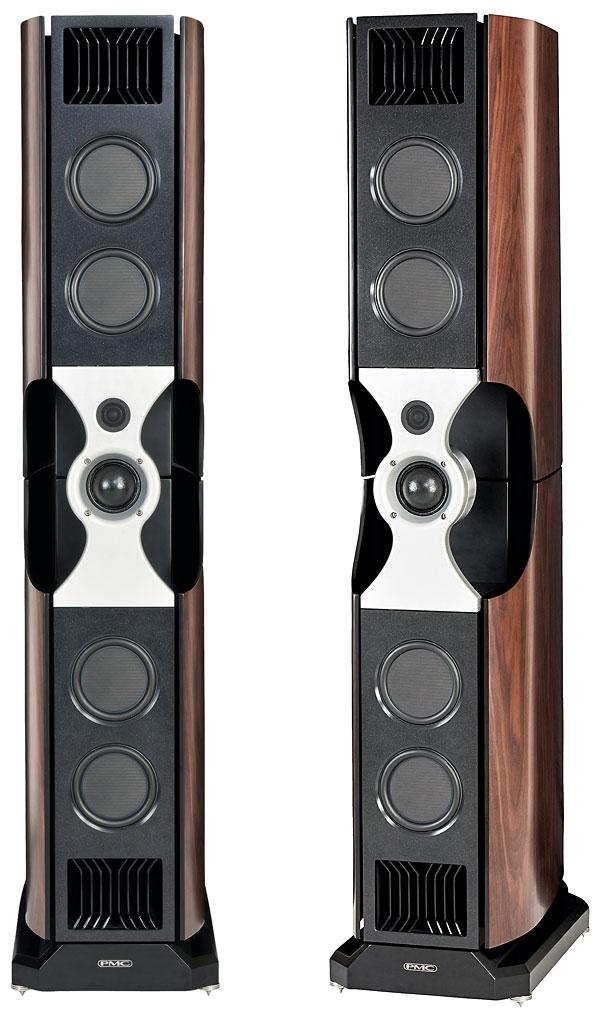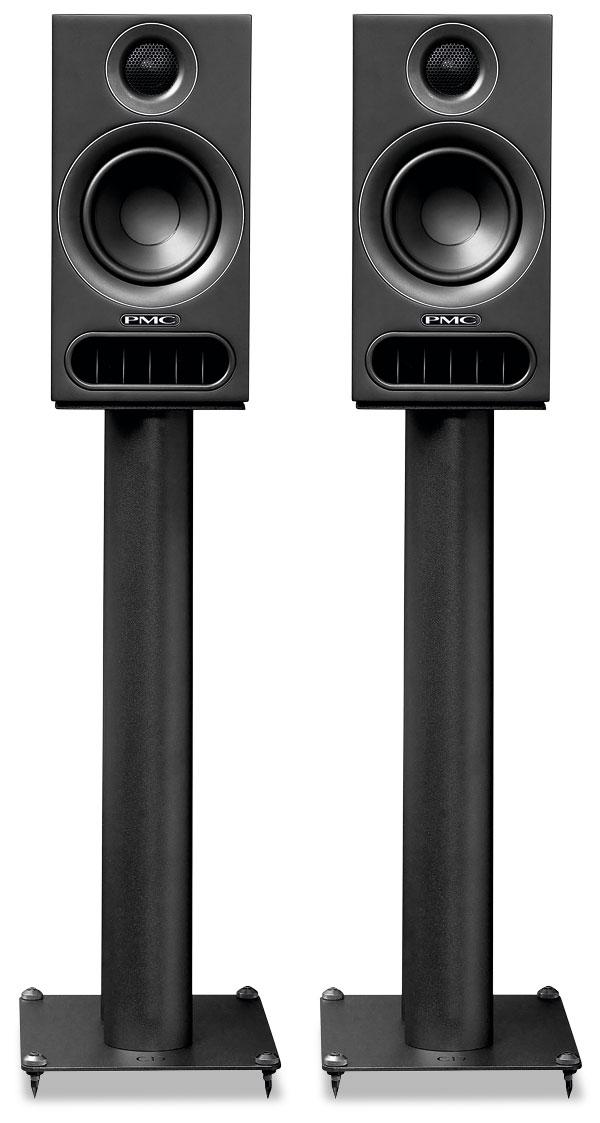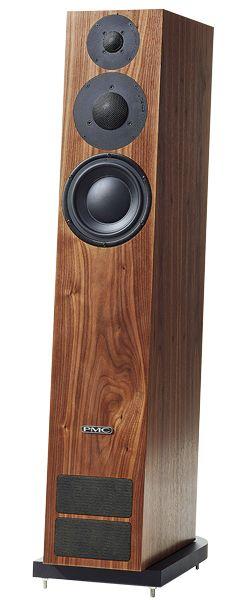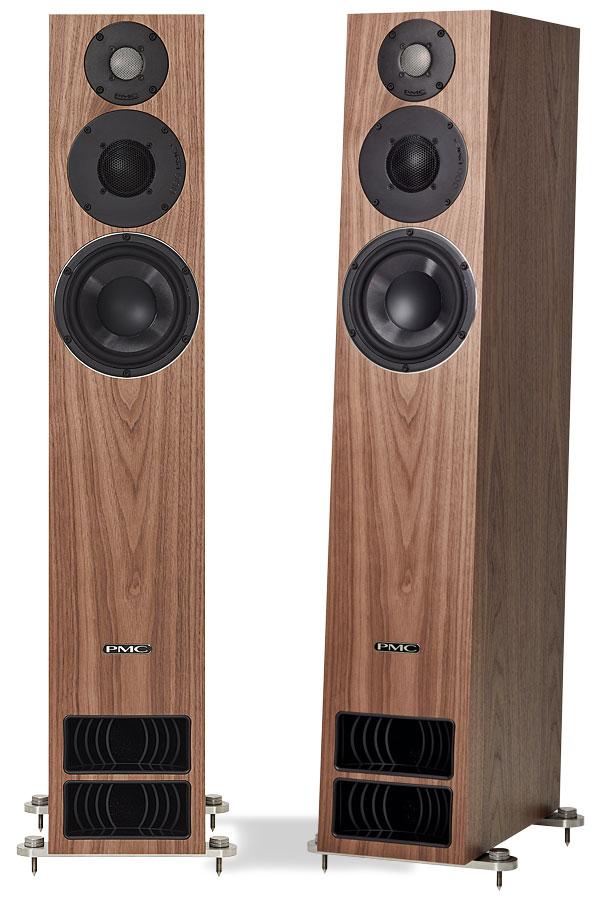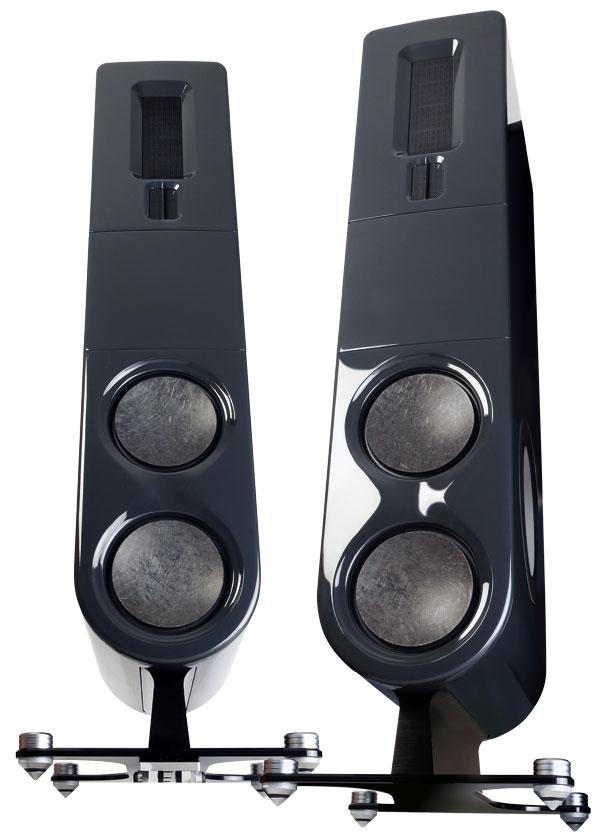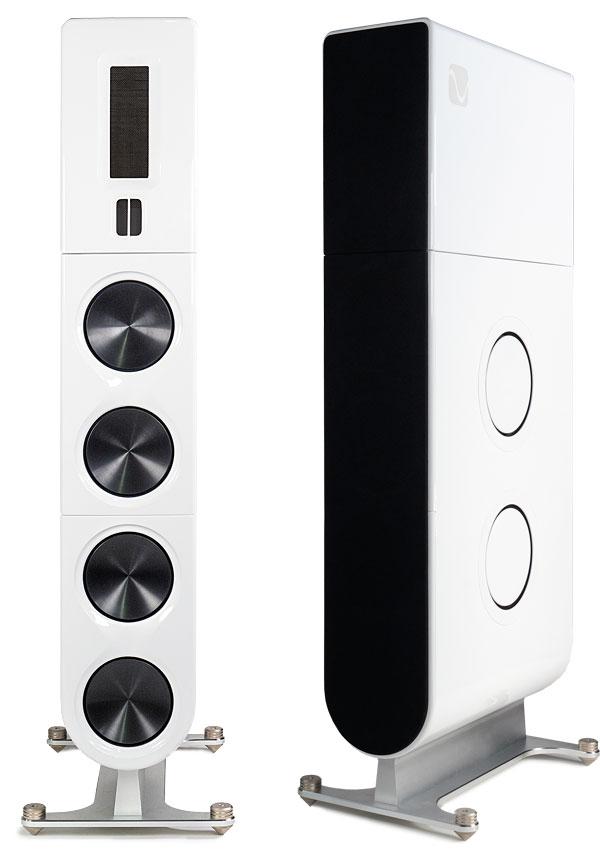Loudspeakers
Sort By: Post DateTitle Publish Date
|
Jan 29, 2025 |
First Published: Feb 01, 2025
|
Jul 23, 2025 |
First Published: Jul 01, 2025
|
Dec 02, 2024 |
First Published: Oct 01, 2024
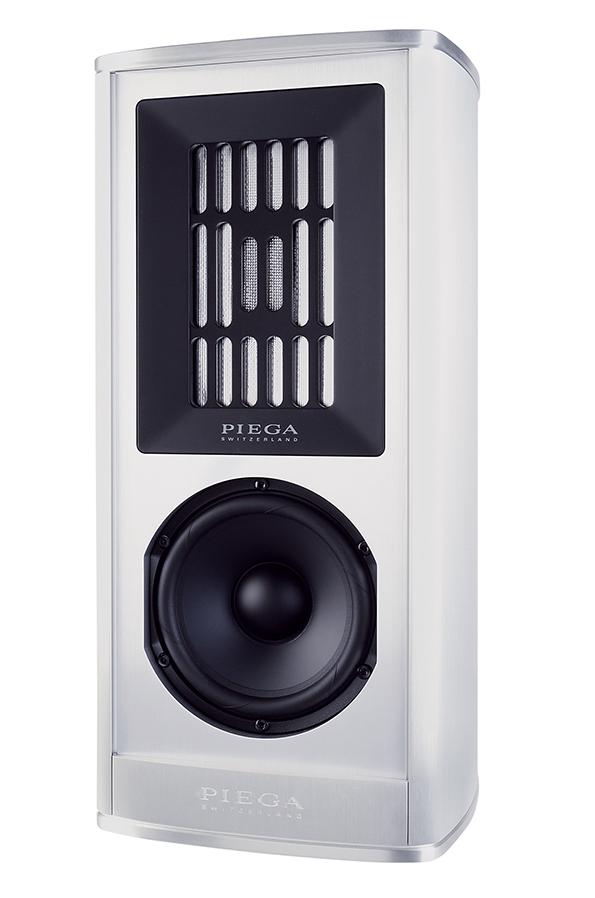
 Crafted on the shores of Lake Zurich for nearly 40 years, Piega speakers are famous for their innovative ‘ribbon’ driver designs. Its Coax series is now launched in ‘Gen2’ guise...
Crafted on the shores of Lake Zurich for nearly 40 years, Piega speakers are famous for their innovative ‘ribbon’ driver designs. Its Coax series is now launched in ‘Gen2’ guise...
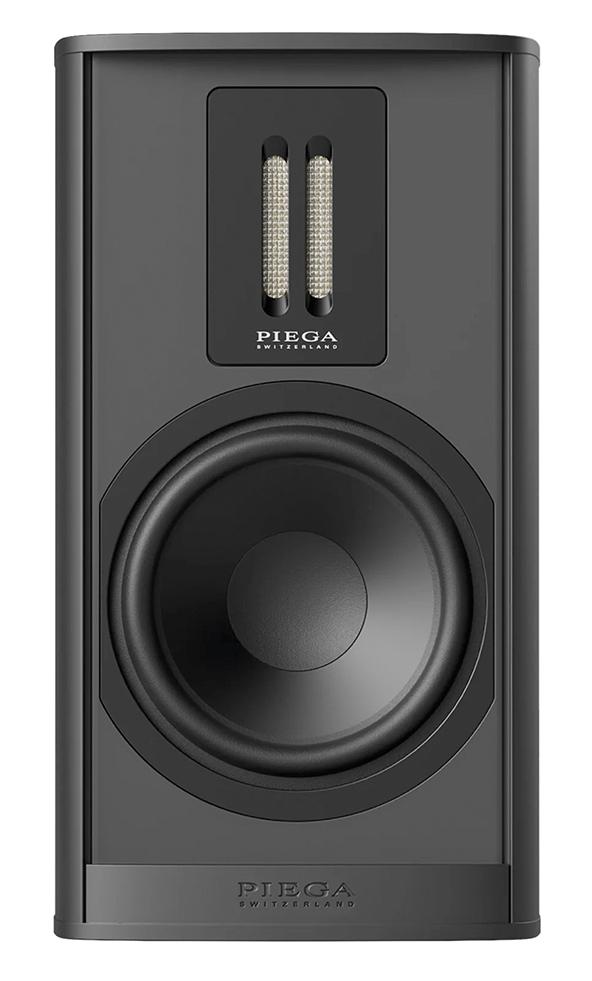
 Piega makes its Premium 301 loudspeaker better – and smaller – in this elegant Gen2 revision
Piega makes its Premium 301 loudspeaker better – and smaller – in this elegant Gen2 revision
